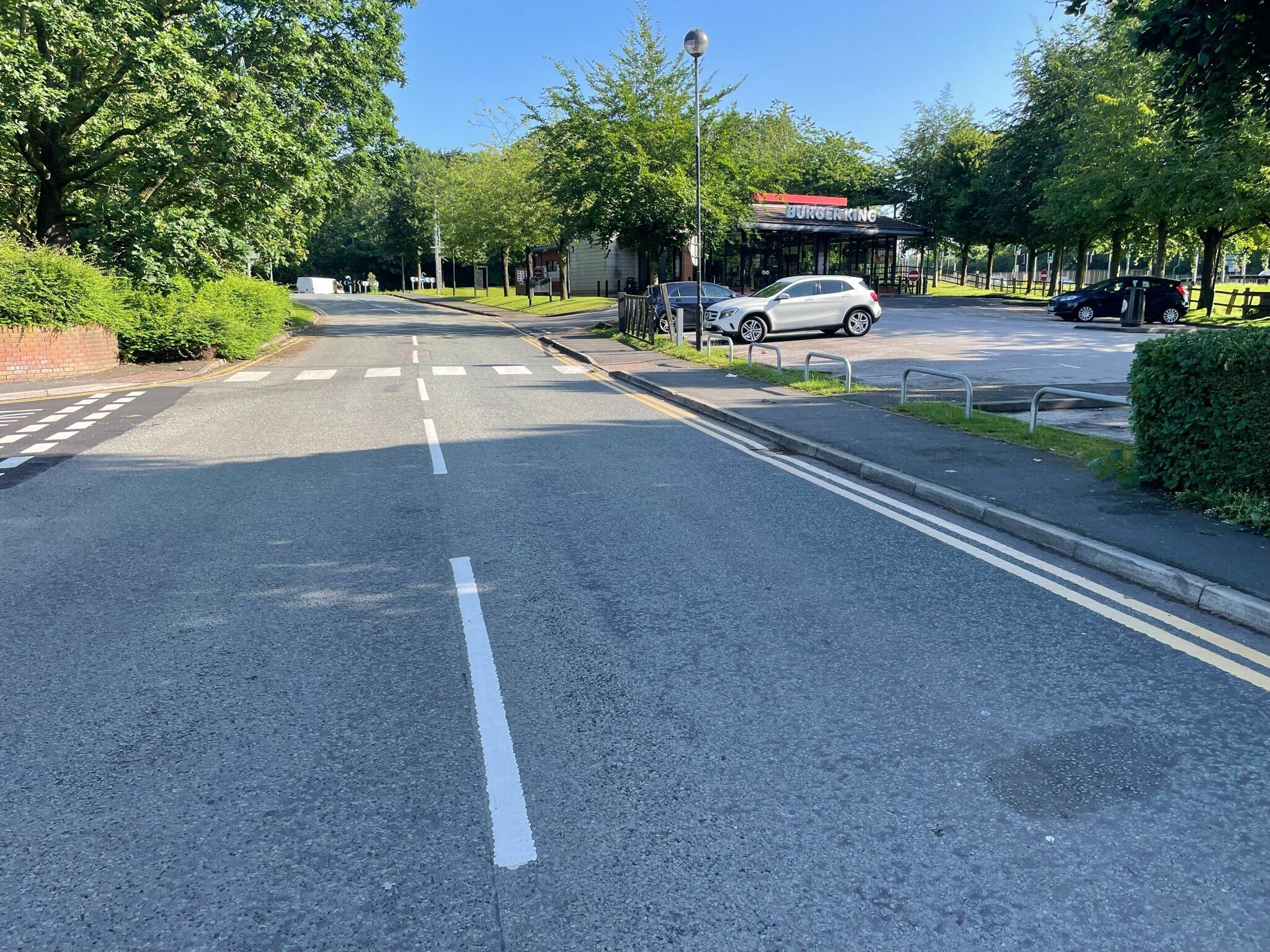What type of paint is used for road marking?
Understanding Line Marking: An In-Depth Guide
Line marking is an essential aspect of safety and organization in various environments, from roads to sports fields and industrial spaces. In this blog post, we will delve into the different facets of line marking, answering common questions and providing a comprehensive overview.
What is Line Marking?
Line marking refers to the process of applying lines and symbols on surfaces such as roads, parking lots, factory floors, and sports fields to guide and manage traffic, indicate zones, and ensure safety. These markings can be in the form of paint, thermoplastic, or other durable materials designed to withstand different environmental conditions.
What is Line Marking Paint?
Line marking paint is a specially formulated paint used for creating durable and visible lines on various surfaces. This type of paint is designed to be weather-resistant, quick-drying, and highly visible, making it ideal for outdoor and indoor applications. Different types of line marking paint include water-based, solvent-based, and thermoplastic paint, each with specific properties suited for particular applications.
What is the purpose of Line Marking?
The purpose of line marking goes beyond mere aesthetics; it is crucial for safety, organization, and efficiency.
Road Marking
On roads, line markings regulate traffic, indicate lanes, and provide critical information to drivers.

Industrial Marking
In industrial settings, they delineate safe walkways, hazardous zones, and areas for specific activities, thereby reducing accidents and improving workflow.

Sports Fields
On sports fields, line markings define boundaries and ensure fair play.

What is Thermoplastic Line Marking?
Thermoplastic line marking is a method that uses thermoplastic material heated to a high temperature and then applied to surfaces to create durable and reflective lines. This type of marking is especially popular for road markings due to its longevity and enhanced visibility, particularly at night and in adverse weather conditions. Thermoplastic markings also have anti-skid properties, making them safer for high-traffic areas.
How to Remove Line Marking Paint?
Removing line marking paint can be challenging, but several methods can be effective depending on the surface and type of paint used. Common techniques include:
- Grinding:Using specialized equipment to grind away the paint.
- Chemical Paint Removers:Applying solvents that break down the paint for easier removal.
- Pressure Washing:High-pressure water jets can strip away paint from hard surfaces.
- Sandblasting:Abrasive materials are blasted onto the surface to remove the paint layer.
What is Can Line Marking?
The term “can line marking” refers to the process of marking lines on cans or containers, often used in manufacturing and packaging industries. This ensures proper labelling and information display, critical for product identification and quality control.
Who is Line Marking?
Experts, such as C&R, use advanced equipment and materials to ensure precise and durable markings that comply with safety regulations and standards. Engaging a professional line marking service ensures high-quality results tailored to specific needs and environments.

Conclusion
Line marking is a vital practice across various domains, contributing to safety, organization, and efficiency. Whether it’s on roads, sports fields, or industrial spaces, understanding the different aspects of line marking can help you make informed decisions and appreciate the importance of this essential service. If you have further questions or need professional line marking services, feel free to reach out to our team of experts.